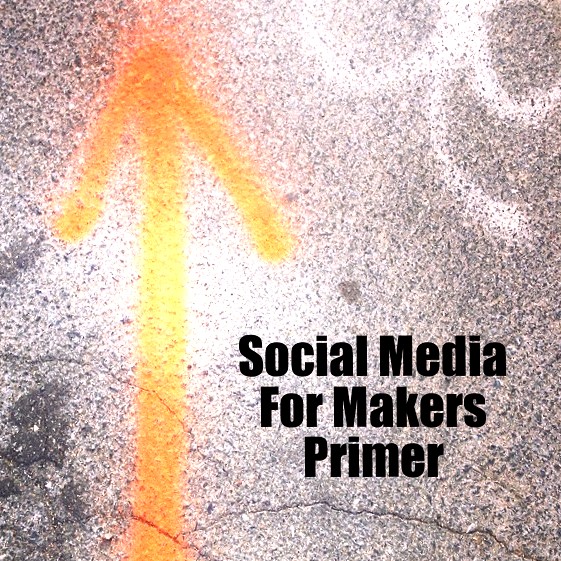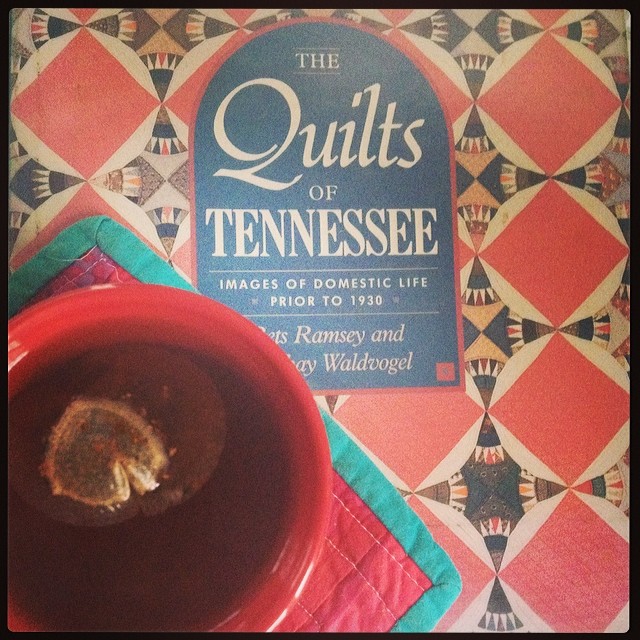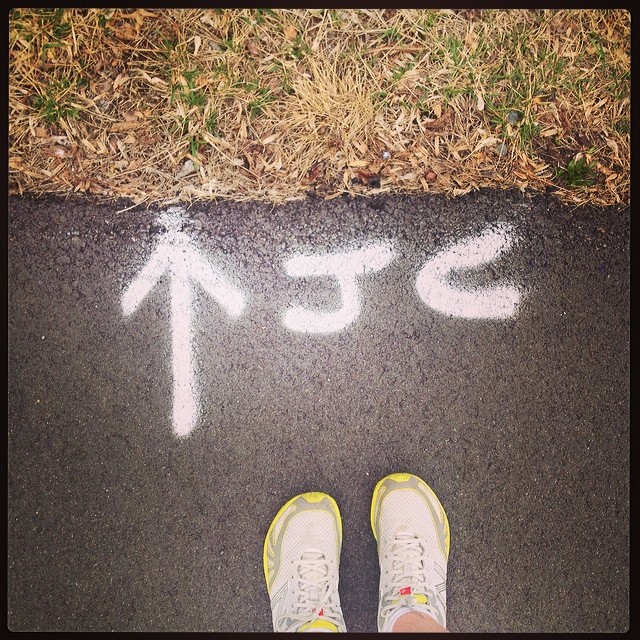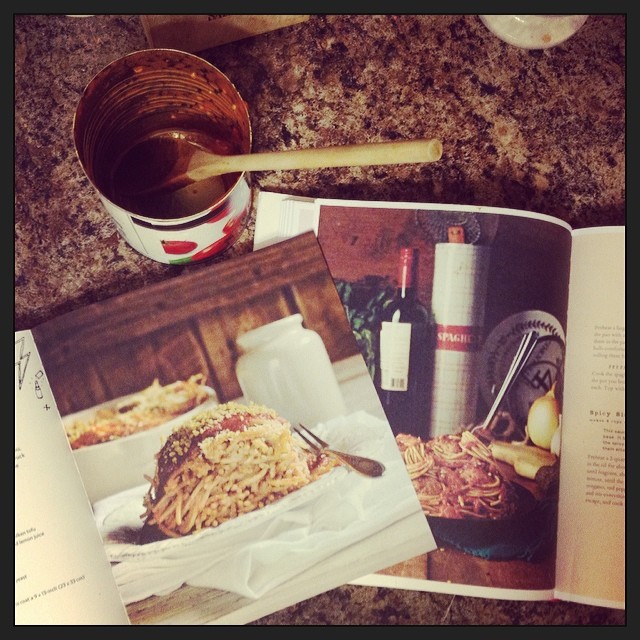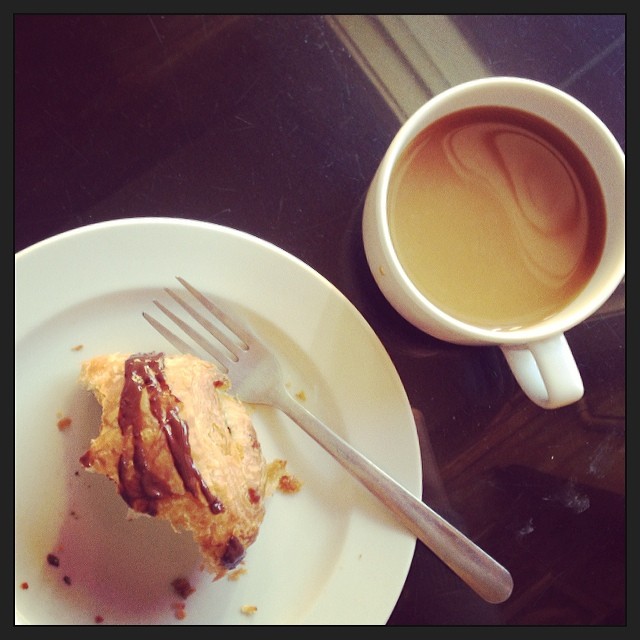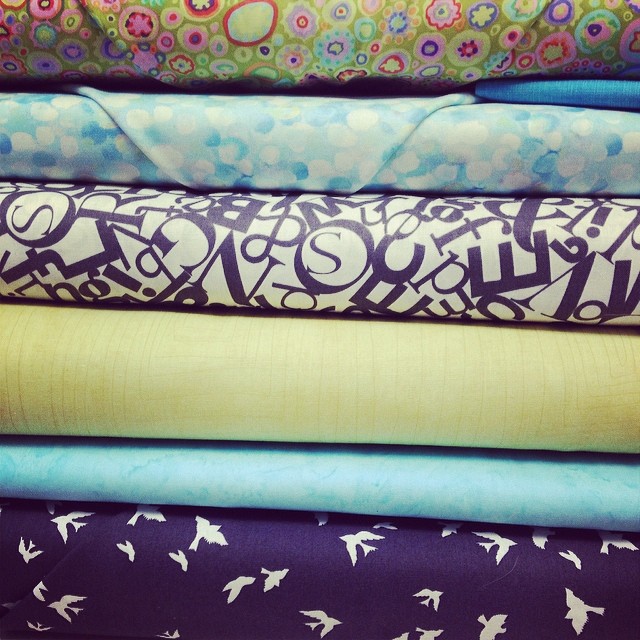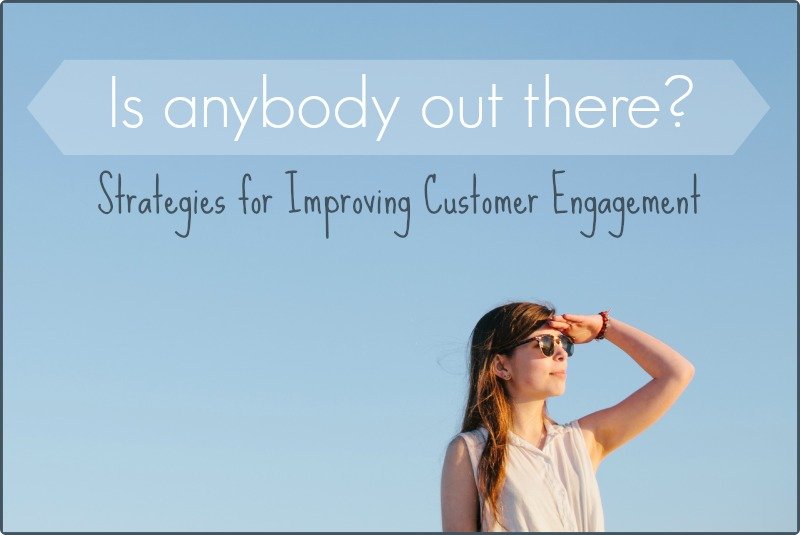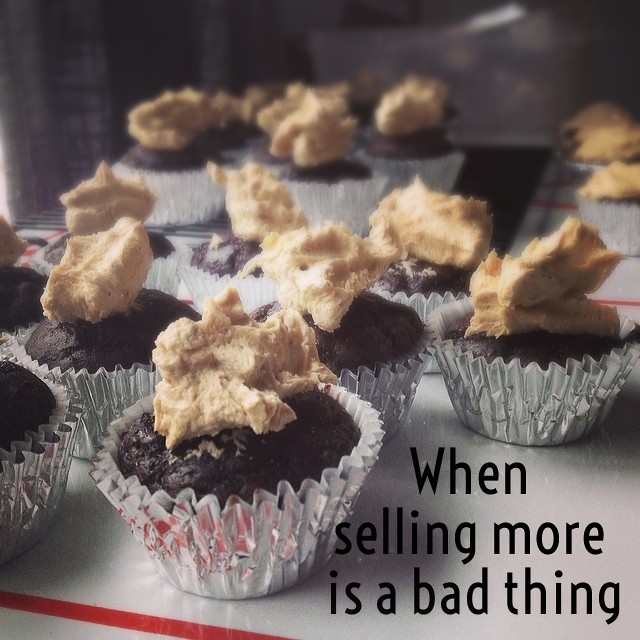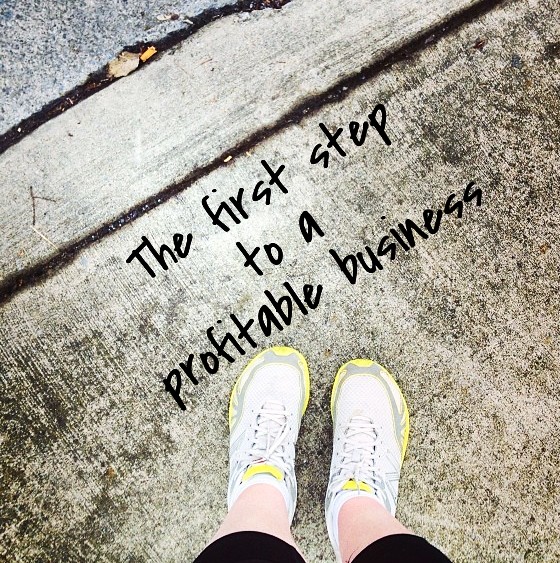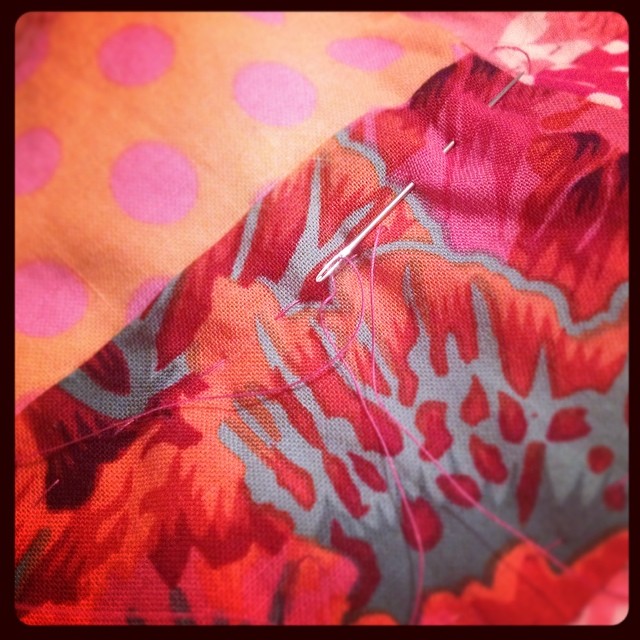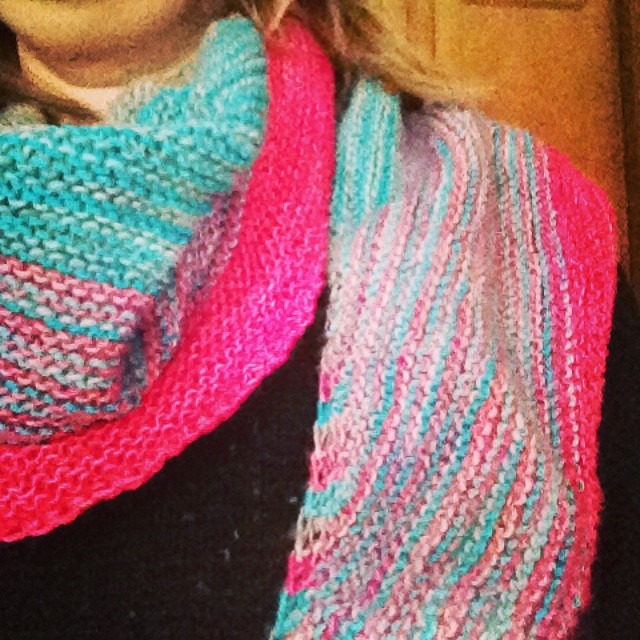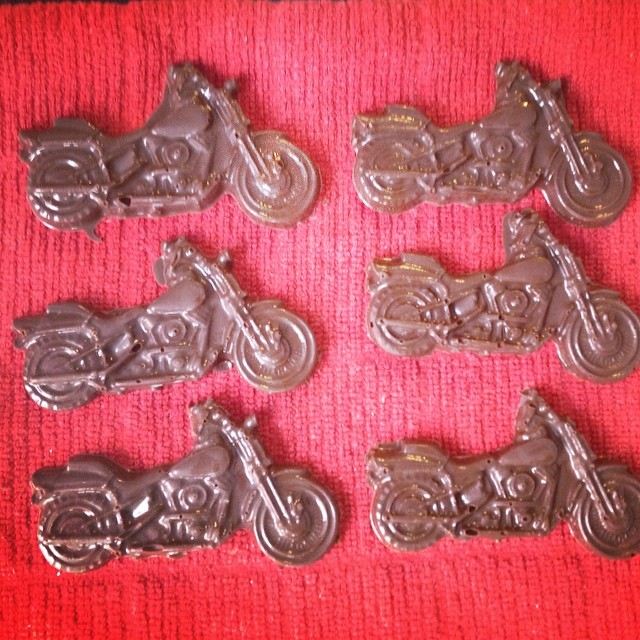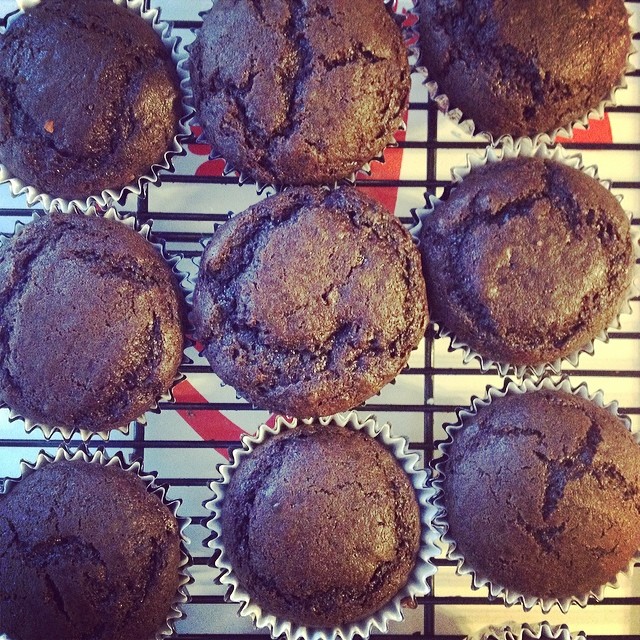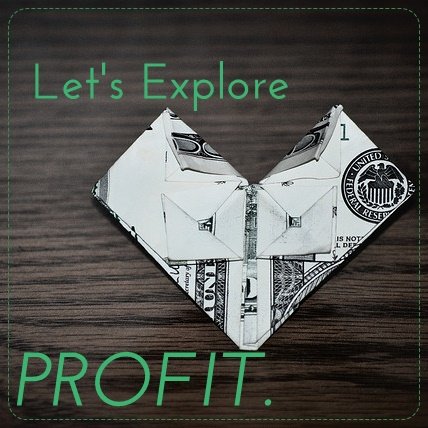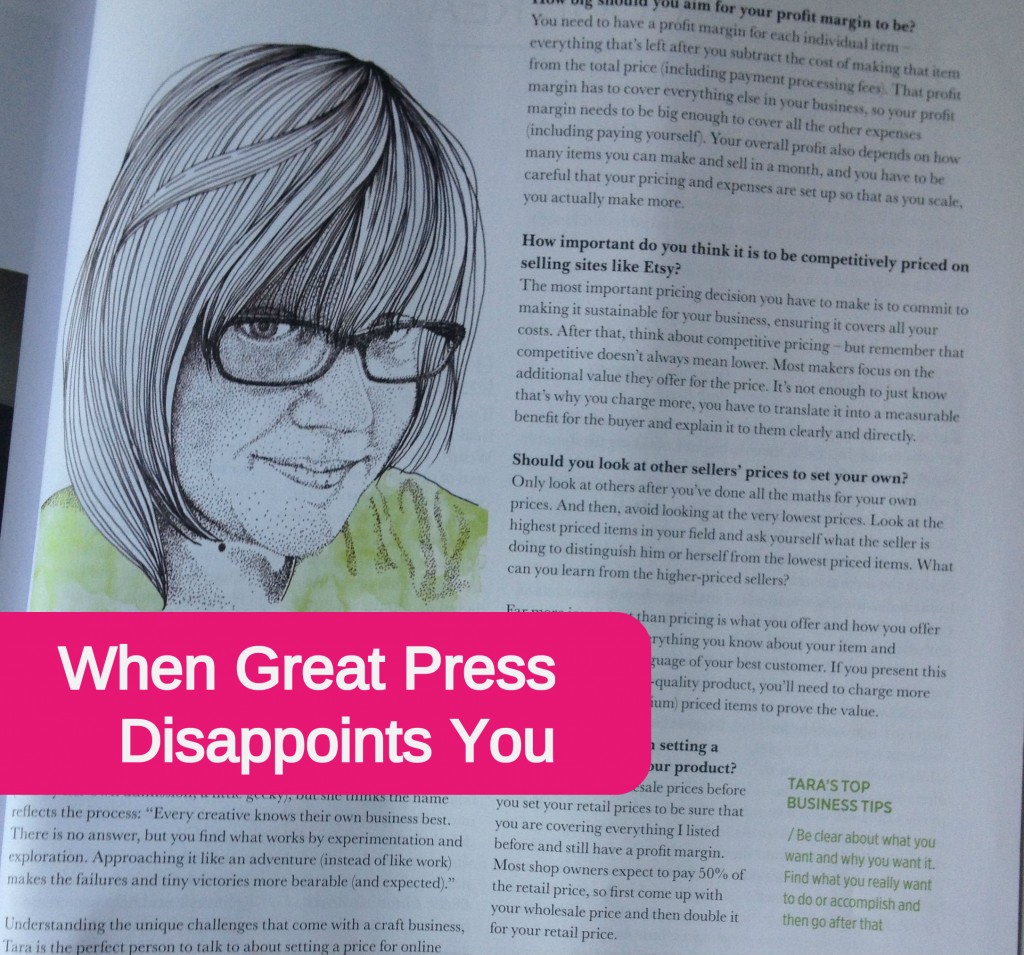
A few weeks ago two amazing things happened: One Starship Captain was featured in a big national magazine and another Captain was interviewed on a HUGE blog.
But then, something weird happened. Their sales didn't increase. So they both asked the same question: What happened? Did I do something wrong?
I wrote the following inside the Starship to answer their questions, but I bet this applies to you too! (Got your own question you want answered? The Starship opens again next Wednesday. Sign up here to find out!)
If you've been featured in blogs, magazines, or newspapers, I want to reassure you that it is really normal to not see many, if any, tangible results from your feature.
However, be encouraged that this has done something for your biz. Even if the reader never clicks through to your site, she has now heard of you – from a source she trusts! – and when she comes across you again (by googling, seeing your ads, seeing you mentioned on social media) she'll be that much more likely to remember you, trust you, and stick around to see what you do!
Over time (like, years) this kind of attention does build up. I get emails now from people who read about me (a super-short paragraph) in the 2009 NYT bestseller Crush It. Even better, people who read a guest post I wrote over a year ago are just now becoming paying customers.
(That may be how you got here!)
But you might be wondering WHY being featured in national media or on a popular blog doesn't do more?
There are a few reasons, and it has nothing to do with you!
1. The reader is reading, not buying.
Think about the reader, in the moment she comes across your feature. Is she thinking “I need to buy a {thing you sell}?” Probably not. She's in passive-reading mode. While she might click through, she's not in the frame of mind to buy right-this-second. She's in consume-media mode, not make-decision mode.
This is not your fault. This is not the blog's fault. This is not a problem, this is just the truth.
Think about it from your own experience. How often do you sit down to read blogs and end up buying something? Probably not very often, unless you are reading because you want to buy something (you're researching or trying to find something specific) or because you're already on their customer path.
It usually goes like this:
- Person finds you.
- She gets to know you.
- She thinks about the purchase.
- She buys.
Getting press put more people on the first part of the path – she finds you! She might not stick around (or look you up, if it's a print magazine) to get to know you, but if she does, there's that tricky step #3 where she thinks about it before buying.
This is why it's vital to have something for her to do OTHER than buy. She could follow you on Twitter (not too effective since she's unlikely to see any particular tweet in her stream), she could like you on Facebook (again not too effective), she could subscribe to your blog (a good option if she's an avid blog reader and keeps up with her feeds!) or she could sign up to get emails. Ya'll know this is my MOST FAVORITE, because she doesn't have to do anything to be gently reminded (by your clever, interesting emails) that you exist and that she wanted to loop back to check your stuff out.
3. The reader doesn't yet have a connection to you.
Now, you might have the most fabulous email sign-up form ever, that's super effective (something I'm still working on!) and one of two things will happen:
- The reader won't sign up. Why? Because she's just not right for you. She's not compelled by what she's reading, or she's just not ready to make that commitment yet. That's ok! Remember – she came because she's a fan of something else. She didn't start her day looking for what you do, she just clicked around and landed here. So she's not who you're spending your marketing energy seeking out, she's just an internet traveler. The best you can do to grab her is to do your best to make your site:
–easy to navigate + take action on
–interesting, compelling, and useful to your Right Person
- The reader will sign up! Celebrations!
But even now, she doesn't have a huge connection to you. She likely found you, liked what she saw and signed up to remember that she liked you.
So what can you do to bring her closer?
- Send her fabulously useful, entertaining or interesting emails. You know I love a good autoresponder for this, to make sure you connect with every person in the same way (instead of her just getting whatever the newest thing your writing is, she'll get your foundational material!)
- Talk to her! Send her a note thanking her for signing up and asking her if she has any questions.
Even if you do all that, I've found that people who join my list after I have a big feature or guest post tend to be the least engaged. They're more likely to unsubscribe quickly or to just never open the emails. This is totally ok. This is either a person who isn't into what you're doing or signs up for a bunch of stuff and never reads it.
Despite all of the above, I still find writing guest posts and being interviewed to be an effective way to build my audience.
There are things you can do to make press work for you, and I'm sharing them in this week's Explorer Email. But as you seek out press (or not), I want you to keep your expectations grounded.
How about you? Have you found this to be true?
PS. The above photo is from my feature in Crafty Magazine, in the June/July 2013 issue. It was a 4 page spread with an interview and photos and an illustrated headshot…and due to a printing error 2 of the pages are just completely missing. So even though it was a huge honor to be asked, the actual article makes little sense with a big gaping hole in the middle. (I'm not sure if the printing error is the reason, but this is the only issue that I can't find at any bookstore.)
